
Archaeology is not just the study of past human activity. It also looks at the animals that inhabited ancient landscapes. During excavations on the National Highways A14 Cambridge to Huntingdon Road Improvement Scheme we retrieved more than four tonnes of animal bones, which we are now studying in detail. Our…
Read Article
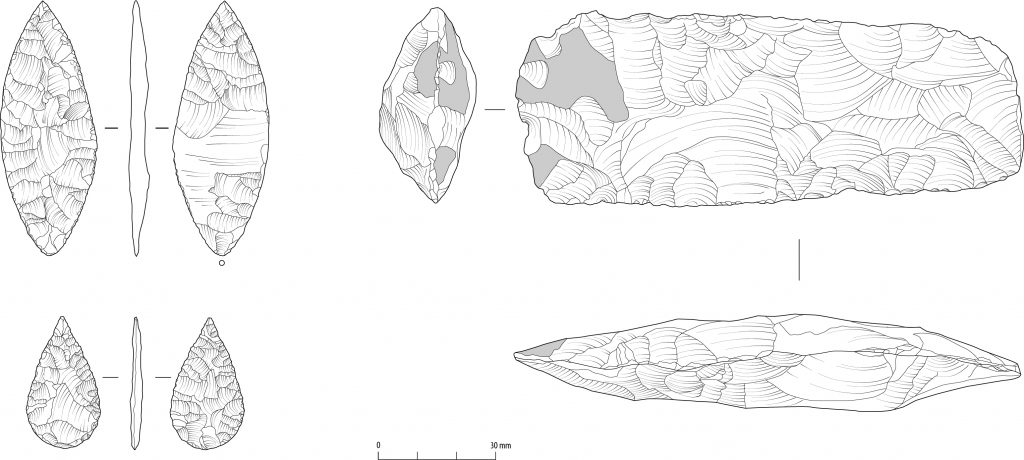
The further we travel back in time, the harder it becomes to read the traces left by our ancestors. While we have a wide variety of objects, buildings, and even written materials dating to our recent past, not as much survives from the Stone Age (c. 500,000-2200 BC). We have…
Read Article
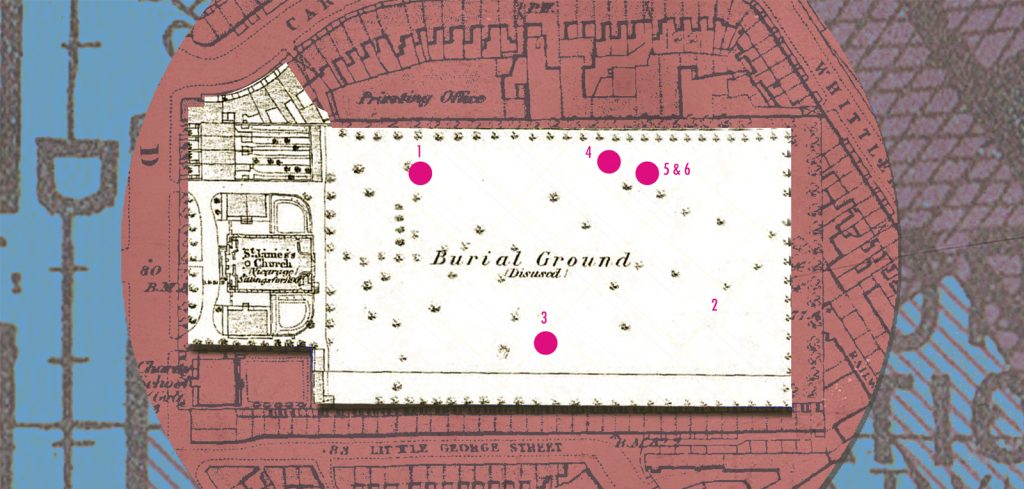
People from all walks of life were buried at St James’s Burial Ground, rich and poor, young and old. The cemetery was used from 1790 to 1843, during a time when London was expanding quickly. It struggled to deal with London’s increasing population and closed to new burials earlier than…
Read Article
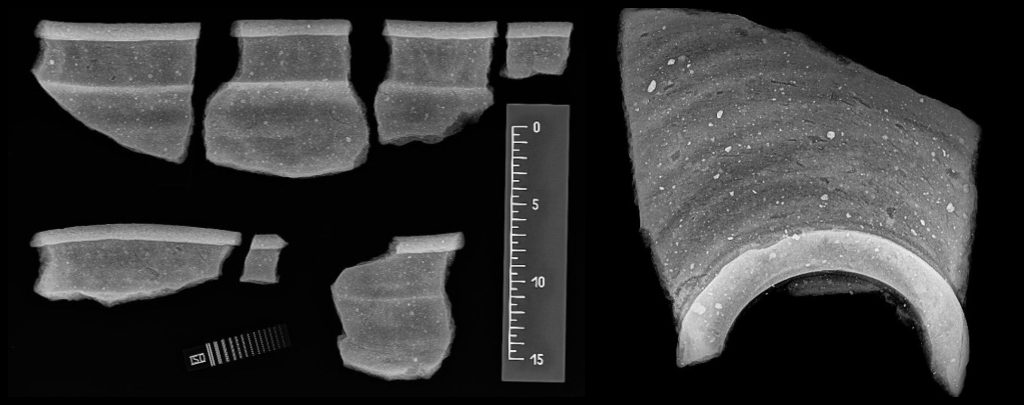
Excavations on the National Highways A14 Cambridge to Huntingdon Road Improvement Scheme may be complete, but we’re continuing to study the incredible amount of finds unearthed. Now, when you think about X-rays you probably imagine hospitals and airport security rather than archaeology and ancient pots. However, recently more than 100…
Read Article
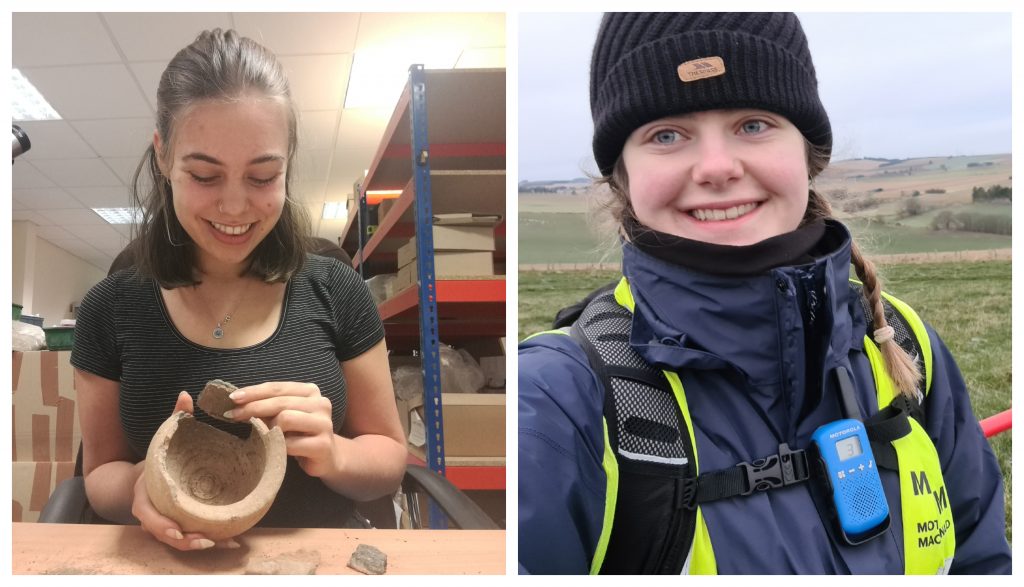
Back in 2020, Jemma Moorhouse and Lanah Hewson were each awarded an MA Scholarship funded by National Highways at Reading University. This included a placement to work with MOLA Headland on the archaeological excavations that formed part of the A14 Cambridge to Huntingdon Road Improvement Scheme. Having now completed their…
Read Article

Isotope analysis makes it possible to understand past environments and the human diet by using information taken from a single tooth, bone or plant grain. This revolutionary technique is being used by Professor Janet Montgomery and Dr Joanna Moore (of Durham University) on materials found during the A14 Cambridge to…
Read Article
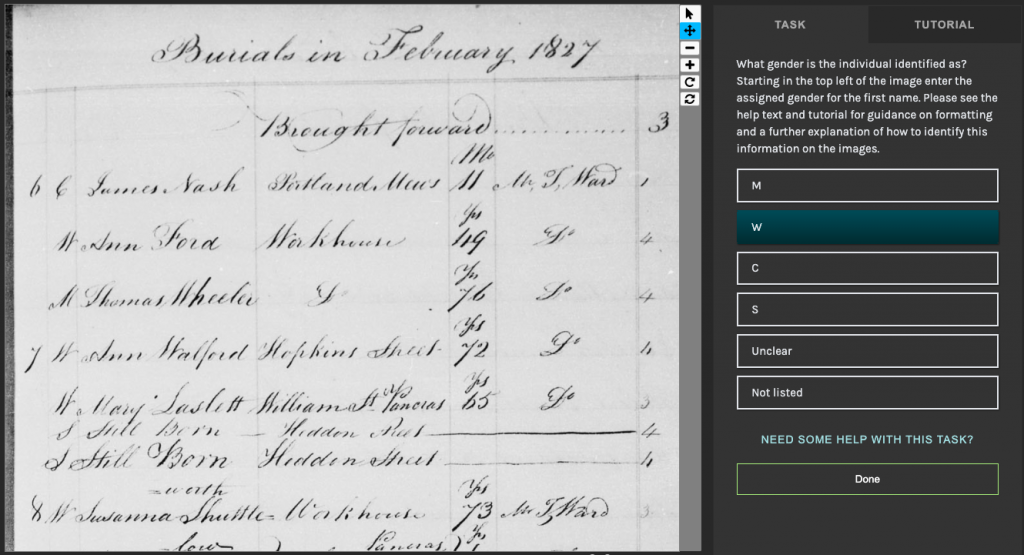
As part of our work on High Speed 2, we are inviting people to take part in a huge citizen science project – digitising 57,639 burial records that hold key details about the lives of Londoners in the 18th- and 19th-century. Anyone can take part via the Stories of St James’s…
Read Article
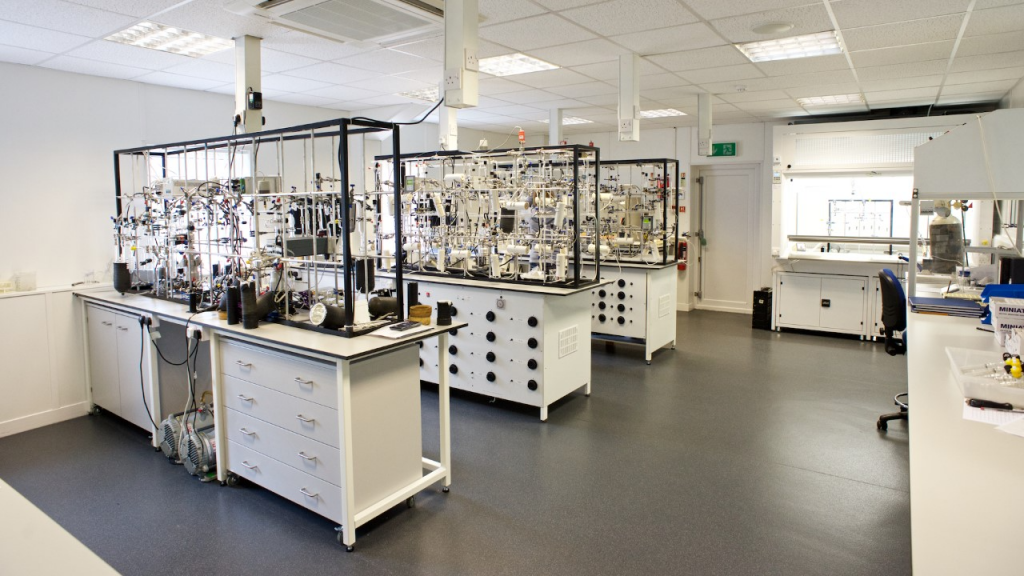
Radiocarbon dating is a key tool that is allowing us to more precisely understand the chronology of archaeological sites and features across the A14 Cambridge to Huntingdon improvement scheme. Over 400 radiocarbon samples have been sent to the Scottish Universities Environmental Research Centre (SUERC), giving us dates for features such…
Read Article
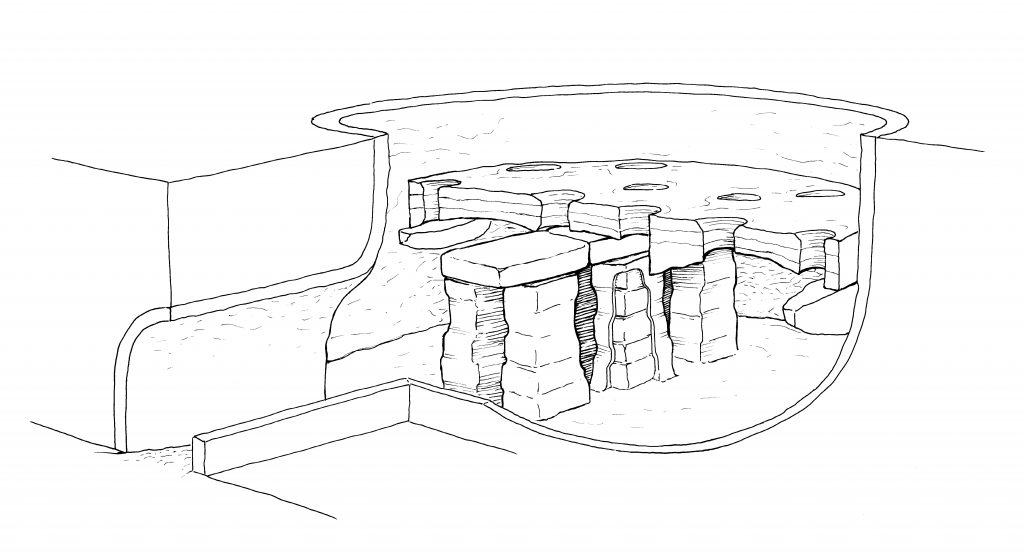
The numerous archaeological surveys we have carried out on the A14 Cambridge to Huntingdon improvement scheme have revealed a huge range of archaeology, dating from the earliest hunter-gatherers to the Second World War. Most recently, excavations by MOLA Headland Infrastructure have revealed new insights into the Roman Ceramic Revolution in…
Read Article
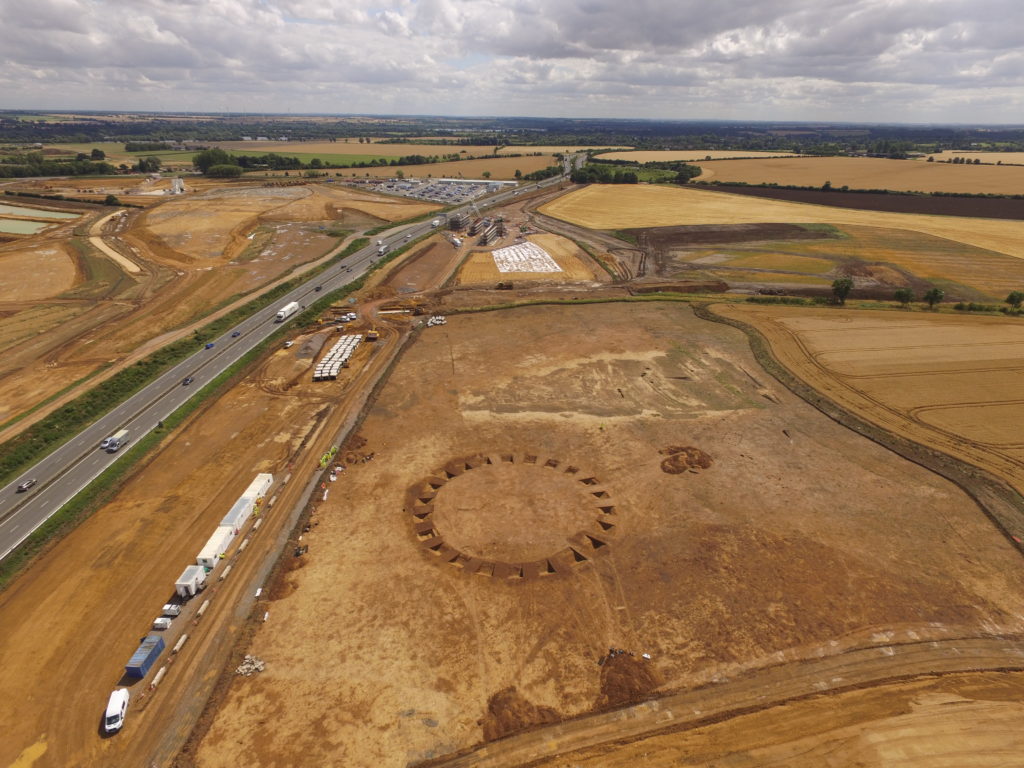
From July 2021 we will be welcoming two Archaeology Master’s Students to MOLA Headland Infrastructure as part of an exciting MA Studentship opportunity, funded by Highways England and delivered in conjunction with the University of Reading. The award-holders will spend the first 12 weeks of their programme (July-September 2021) on…
Read Article